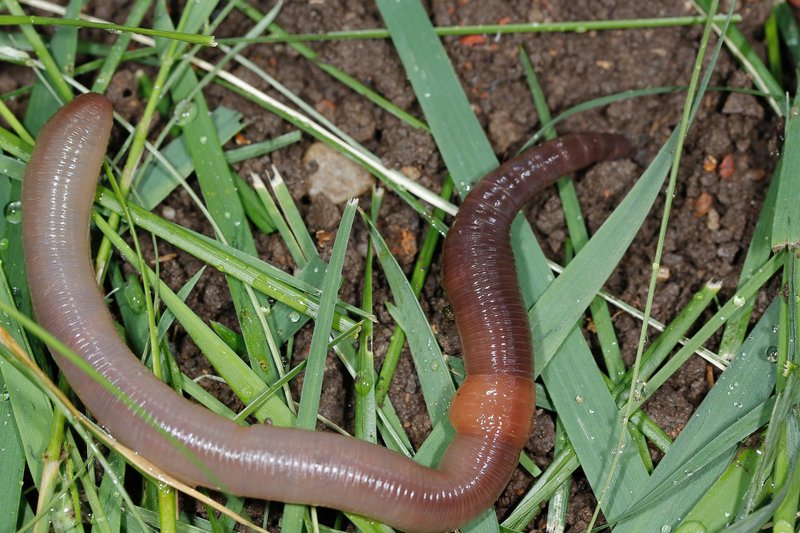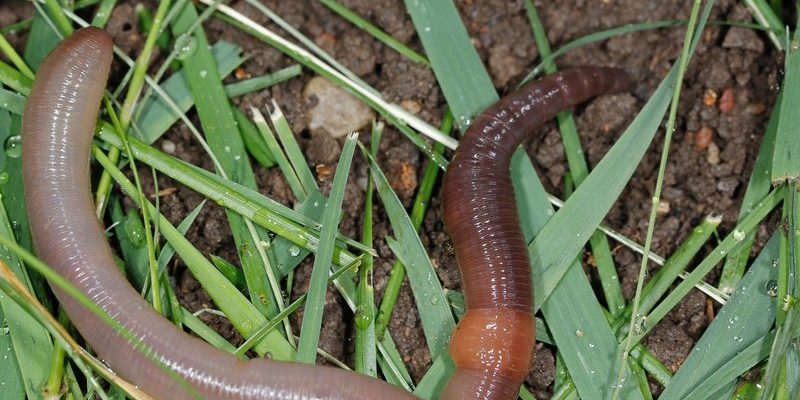
What Are Earthworm Castings?
Earthworm castings are essentially the nutrient-rich waste produced by earthworms as they process organic matter. You can think of it as nature’s own compost. When earthworms munch on dead leaves, food scraps, or other organic materials, they break it down in their guts and excrete it as castings. These tiny pellets are packed with nutrients, beneficial microbes, and enzymes, making them a powerhouse for plant health.
One of the remarkable things about earthworm castings is how they improve soil structure. The castings help create a crumbly texture that retains moisture while allowing air to flow freely. This means that your plants can access water and nutrients more easily. Imagine a sponge that holds water but also lets it flow—this is what earthworm castings do for your soil.
In addition to enhancing moisture retention, these castings are also slow-releasing, meaning your plants can absorb nutrients as they need them. You won’t have to worry about over-fertilizing, which can be a common issue with synthetic options.
Understanding Synthetic Fertilizers
Synthetic fertilizers, on the other hand, are man-made chemicals designed to deliver nutrients quickly to plants. They often contain a mix of nitrogen, phosphorus, and potassium, known as NPK, which are essential for healthy growth. You might think of synthetic fertilizers as fast food for your plants—ideal for a quick pick-me-up but possibly lacking in long-term health benefits.
Here’s the thing: while synthetic fertilizers can produce impressive results in the short term, they can also lead to problems if not used correctly. The nutrients are readily available, but that can lead to a feast-or-famine situation where plants get too much at once. This can cause root burn or nutrient lockout, where plants can’t absorb what they need.
Moreover, excessive use of synthetic fertilizers can harm the environment. When it rains, those leftover chemicals can wash into waterways, causing pollution. This is often referred to as nutrient runoff, which can have damaging effects on aquatic life. So while the allure of quick results is tempting, it’s important to consider the bigger picture.
Comparative Nutrient Profiles
Let’s dig into the nutrient profiles of both earthworm castings and synthetic fertilizers to see how they stack up.
- Earthworm Castings: Rich in micronutrients like calcium, magnesium, and sulfur, which contribute to overall plant health. They also contain beneficial microorganisms that enhance soil fertility.
- Synthetic Fertilizers: Provide primary nutrients (NPK) in concentrated forms, but they often lack the full range of secondary and micronutrients that plants need for optimal growth.
Here’s a handy comparison table to summarize the differences:
| Feature | Earthworm Castings | Synthetic Fertilizers |
| Nutrient Release | Slow and steady | Fast and immediate |
| Environmental Impact | Low; promotes healthy soil | High; potential runoff issues |
| Microbial Life | Supports beneficial microbes | Can harm soil microorganisms |
Seeing it laid out this way can really help you understand what each option brings to the table (or garden bed, in this case).
Benefits of Using Earthworm Castings
There’s a lot to love about earthworm castings! Here are a few benefits that might convince you to give them a try:
1. Soil Health: As we previously mentioned, earthworm castings improve soil structure and promote beneficial microbial activity. This creates a thriving ecosystem for your plants.
2. Low Risk of Over-Fertilization: Since the nutrients are released slowly, there’s less danger of burning your plants with too much fertilizer. It’s a more forgiving option if you’re still learning the ropes of gardening.
3. Environmental Friendliness: Earthworm castings are organic and environmentally sustainable. Using them helps reduce your carbon footprint and nurtures the planet instead of harming it.
4. Versatility: You can use earthworm castings in various ways—amending garden soil, top-dressing potting mixes, or even as a liquid fertilizer when mixed with water. It’s like a Swiss Army knife for plant care!
Given all these benefits, it’s easy to see why many gardeners are leaning toward natural options like earthworm castings.
The Downsides of Synthetic Fertilizers
While synthetic fertilizers have their merits, there are a few downsides you should consider:
1. Nutrient Imbalance: Because they focus on just a few key nutrients, using them long-term can lead to deficiencies in other areas. Plants need a whole buffet of nutrients to thrive.
2. Chemical Build-Up: Over time, synthetic fertilizers can build up in the soil and lead to problems like alkalinity, which can harm plants. You end up needing to flush your soil or replace it entirely, which can be a hassle.
3. Harmful to Soil Life: The chemicals in synthetic fertilizers can disrupt the ecosystem in your soil. They might take down beneficial microbes and earthworms, leaving your soil lifeless in the long run.
4. Environmental Concerns: As mentioned earlier, synthetic fertilizers can contribute to pollution through nutrient runoff. This can harm local waterways and wildlife, which is a big concern for eco-conscious gardeners.
When weighing these downsides, it’s clear that while synthetic fertilizers can deliver quick results, they might not be the best long-term option.
How to Use Earthworm Castings Effectively
If you’re sold on giving earthworm castings a try, there are a few effective ways to use them:
1. Top-Dressing: This is a simple method where you sprinkle a layer of castings on top of the soil around your plants. It’s like giving them a nutrient boost without disrupting the soil.
2. Mixing into Soil: When planting or repotting, incorporate earthworm castings into your potting mix or garden soil. This sets your plants up for success right from the start.
3. Liquid Fertilizer: You can make a “worm tea” by steeping castings in water for a few days. This creates a nutrient-rich liquid that you can water your plants with, providing a quick nutrient hit.
4. Seed Starting: If you’re starting seeds, mix some castings into the seed-starting mix. This helps ensure that your young plants have the nutrients they need to grow strong.
With these techniques, you can effectively harness the power of earthworm castings to boost your gardening game.
Making the Right Choice for Your Garden
In the end, the choice between earthworm castings and synthetic fertilizers comes down to your gardening style and goals. If you want to foster a healthy, sustainable environment for your plants, earthworm castings are a fantastic option. They build soil health, support beneficial organisms, and provide a steady stream of nutrients.
On the flip side, if you’re looking for a quick fix or have specific nutrient needs, synthetic fertilizers might seem like a useful tool. However, keeping in mind their long-term impacts is essential.
Remember, gardening is as much about the journey as it is about the results. Enjoy experimenting with different methods and see what works best for you and your plants. In the end, fostering a harmonious relationship with your garden will lead to the best harvests, be it from earthworm castings or the occasional boost from synthetic fertilizers.

